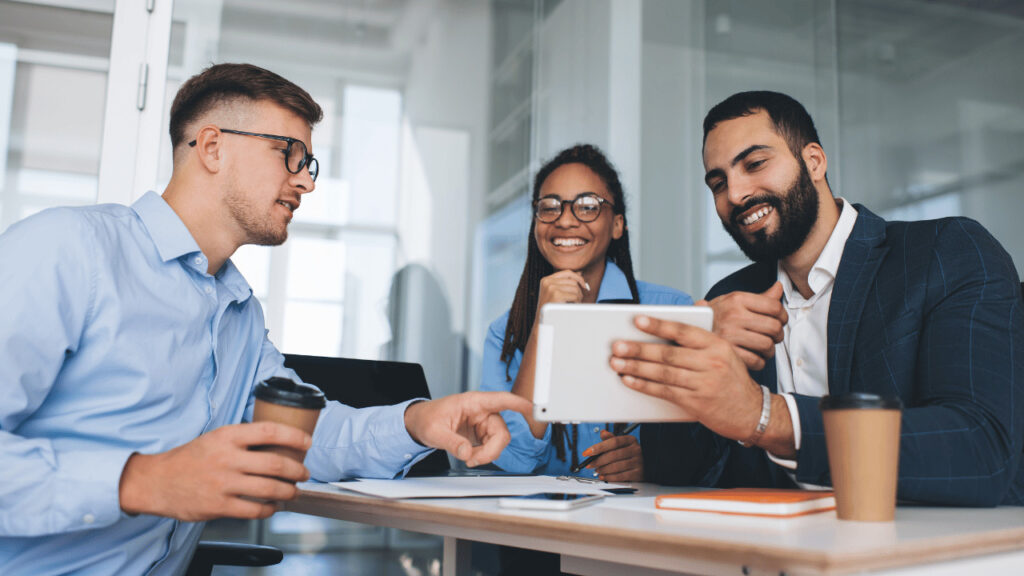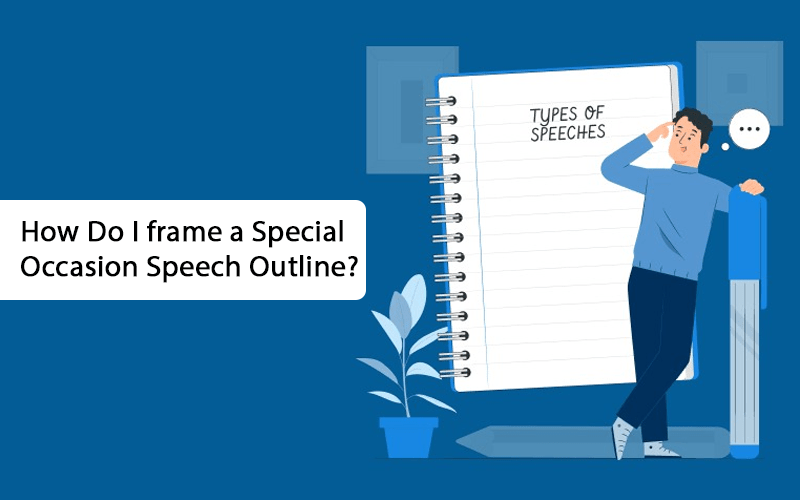Why Does My Face Look Fat on FaceTime?

With the rise of remote work and social distancing, video calls have become a popular way to stay in touch with family, friends, and colleagues. However, many people have noticed that their face looks different, and sometimes even fat, on FaceTime or other video calling platforms. This phenomenon can be frustrating, especially if you feel self-conscious about your appearance. This article will explore why your face might look fat on FaceTime and provide tips to help you look your best on camera.
Contents
Factors that affect your appearance on FaceTime
The possible reason for front/selfie cameras on mobile phones with wide lenses is to make your face appear fat.
Your face looks fat on FaceTime on iPad or iphone due to the following reasons:

Camera placement
The position of your camera can greatly affect how you look on camera. If the camera is placed too low or too high, it can distort your features and make your face look wider or longer than it is. Ensuring the camera is at eye level or slightly above is important to avoid these distortions.
Lighting
Lighting is another important factor that can affect your appearance on FaceTime. Poor lighting can cast shadows on your face, making it look uneven or adding extra depth to your features. To look your best on camera, ensure you have ample lighting in the room and position yourself facing a window or a source of natural light.
Internet connection
The quality of your internet connection can also affect your appearance on FaceTime. If your connection is slow or unstable, the video quality can be lowered, making your face pixelated or blurry. This can also distort your features and make your face look wider or more distorted than it actually is.
How to look your best on FaceTime
Choose the right angle and distance

To look your best on FaceTime, choosing the right angle and distance is important. Make sure the camera is at eye level or slightly above, and position yourself at a comfortable distance from the camera. This will help you avoid distortions and make your face look more natural and proportionate.
Use good lighting
Lighting is key to looking your best on camera. Ensure you have ample lighting in the room, and try to position yourself facing a window or natural light source. Avoid harsh overhead lighting or bright lights that can cast unflattering shadows on your face.
Adjust your camera settings.
Most video calling platforms allow you to adjust your camera settings, such as brightness, contrast, and saturation. Experiment with these settings to find the ones that work best for you and help you look your best on camera.
Be mindful of your posture.
Your posture can also affect how you look on camera. Sit up straight and avoid slouching or hunching over, as this can make your face look wider and less defined.
Practice good grooming habits.
Good grooming habits can also help you look your best on camera. Ensure your hair is styled neatly and your face is clean and moisturized. Avoid wearing heavy makeup or bold patterns that can be distracting on camera.
Conclusion
While it can be frustrating to feel like your face looks fat on FaceTime or other video calling platforms, several factors can contribute to this phenomenon. By being mindful of your camera placement, lighting, internet connection, angle and distance, camera settings, posture, and grooming habits, you can look your best on camera and feel more confident during your video calls.






